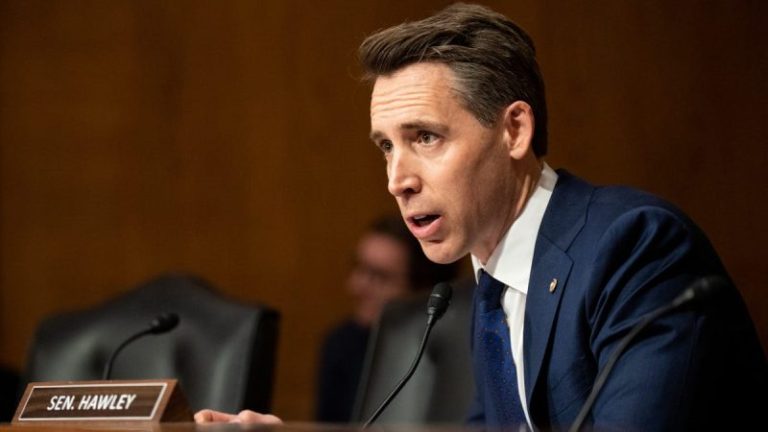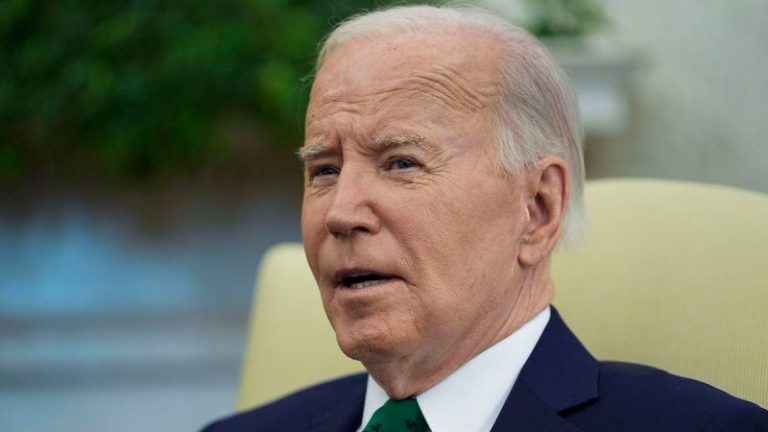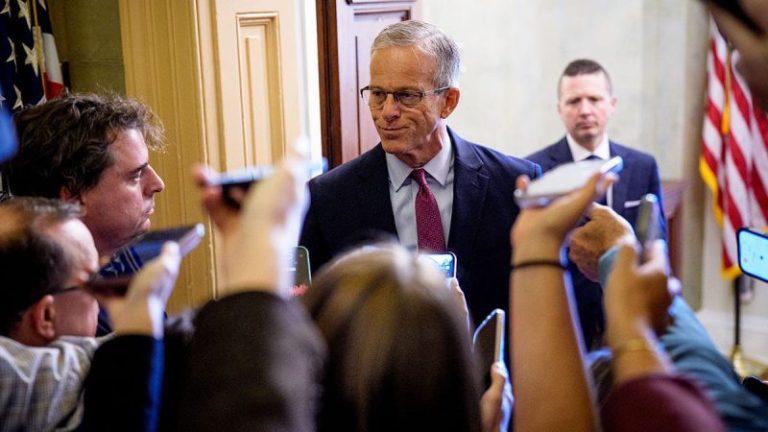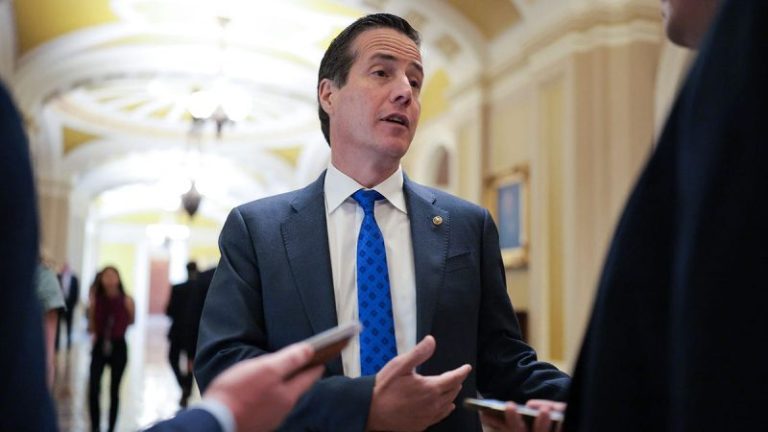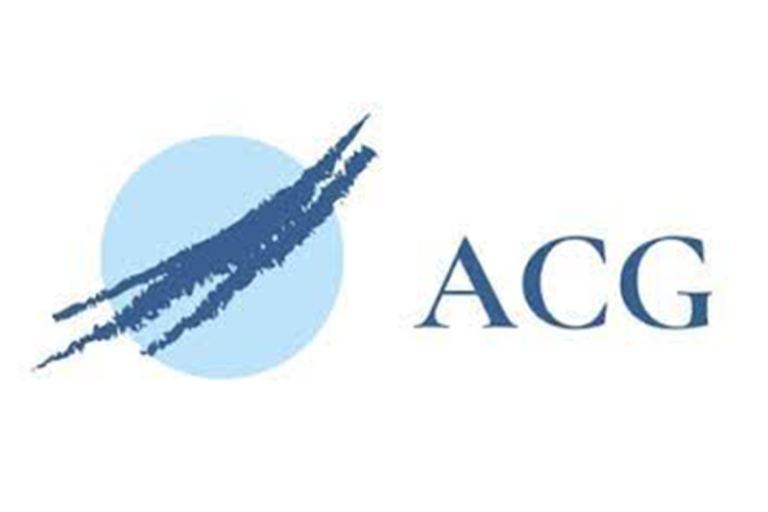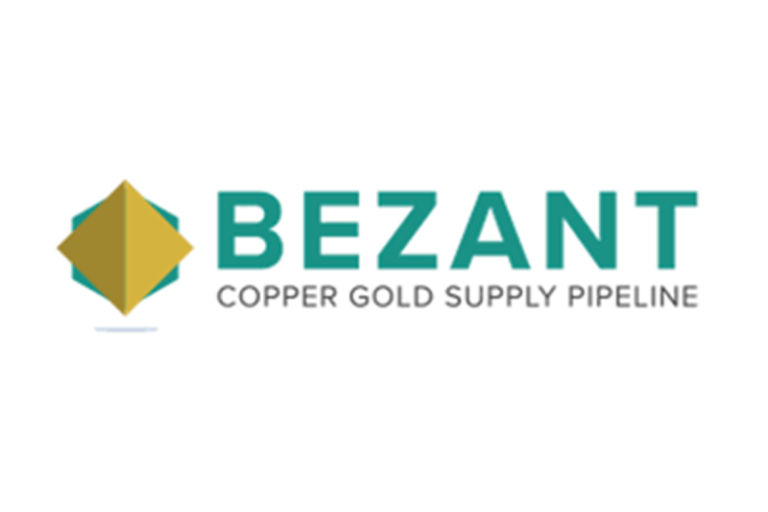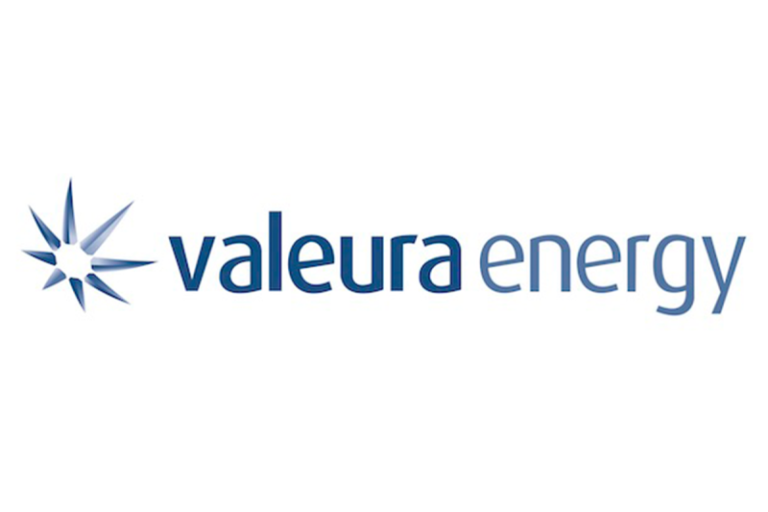A federal judge appointed by Ronald Reagan has made headlines this year for penning some of the most blistering opinions against President Donald Trump’s executive orders — including in one case where he was criticized by two Supreme Court justices for failing to adhere to the high court’s emergency guidance.
U.S. District Judge William Young, a Reagan appointee, has spent nearly four decades on the federal bench. He most recently authored a scathing, 161-page opinion on Tuesday in a case involving Trump’s attempts to deport and crack down on pro-Palestinian protesters and activists on college campuses.
Young said the Trump administration’s actions were illegal and an unconstitutional violation of free speech protections under the First Amendment. He also used the decision to criticize, at some length, Trump’s broader conduct, which he described as ‘bullying.’
Trump, Young argued, is a president who fundamentally misunderstands the country he was elected to serve. Young described Trump as focused largely on ‘hollow bragging’ and on ‘retribution’ at all costs.
‘Yet government retribution for speech (precisely what has happened here) is directly forbidden by the First Amendment,’ Young quipped.
It’s not the first time Young has raised eyebrows for his public dressing-down of the commander in chief.
Young in June ruled that the Trump administration acted illegally when it slashed funding for research grants at the National Institutes of Health, siding with the grant recipients and ordering the funding be restored. He also used the opinion to describe the cuts as ‘appalling’ evidence of what he said was ‘racial discrimination’ and ‘discrimination against the LGBTQ community.’
‘That’s what this is,’ Young said at the time, adding that, in his decades on the federal bench, he had ‘never seen government racial discrimination like this.’
‘I would be blind not to call it out,’ he said, adding later, ‘Have we no shame?’
The Trump administration appealed Young’s injunction to the First Circuit Court of Appeals, which declined to stay the ruling while the case continued to play out.
However, the Supreme Court voted 5-4 in August to lift the injunction — and two justices took that opportunity to chastise Young, at least to some degree, for the manner in which he went about issuing the opinion.
Justices Neil Gorsuch and Brett Kavanaugh chastised Young for failing to adhere to an emergency ruling the court granted in April, which allowed Trump to follow through with slashing tens of millions of dollars in education grants for funding so-called diversity, equity, and inclusion initiatives.
‘When this Court issues a decision, it constitutes a precedent that commands respect in lower courts,’ Justices Gorsuch and Kavanaugh said in the August opinion.
Justice Ketanji Brown Jackson, in writing the dissent, appeared to sympathize with Young’s view, noting at one point: ‘Calvinball has only one rule: There are no fixed rules,’ she said. ‘We seem to have two: that one, and this administration always wins.’
Young, for his part, apologized for the error. But it appears to have done little to quell his desire to speak out on what he argued Tuesday is Trump’s apparent disregard for free speech protections.
‘I fear President Trump believes the American people are so divided that today they will not stand up, fight for, and defend our most precious constitutional values so long as they are lulled into thinking their own personal interests are not affected,’ Young said Tuesday, before adding: ‘Is he correct?’


